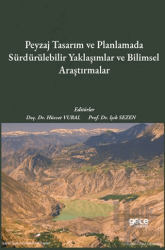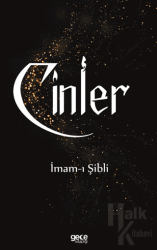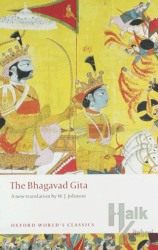The Magic and Science of Jewels and Stones

“...In ancient times the minerals comprising or included in this important group were commonly known by the name Lapis Nephriticus or Kidney Stone, and from this name in the 18th century Dr. A. G. Werner suggested the term Nephrite. To the Nephrite varieties the general term Jade is universally applied. The name occurs in old writings as jad and jadde, and is derived from the Spanish Hijada, kidney. Sir Walter Raleigh in 1595 wrote of this “kinde of stones which the Spaniards call Piedras Hijadas and we use for spleene stones.” Chemically the species included under the name “jade” are not the same, the nephrite jade being a silicate of lime and magnesia and the jadeite a silicate of sodium and alumina, but the modern scientist in common with the ancient scientist binds them together under the one denomination—kidney stone. In the 19th century Professor A. Damour demonstrated the chemical difference between jade and jadeite. The well-known Camphor Jade of China is a white jadeite, some specimens containing certain percentages of Chromium exhibiting those apple-green patches so highly praised by gem collectors. Burmese Jade, known as Chauk-Sen, (which since the 13th century has been principally exported to China) is chiefly jadeite, and the Imperial Jade of charming pale or apple-green colour, known as Feitsui and set down by some writers as chrysoprase, is more properly Prehnite. The nephrite charms—Piedras Hijadas—known in Mexico as Chalchihuith when the Spanish invaded that country were probably jadeites. The Chinese have held the jade family in the highest esteem and reverence for many centuries, and it poetically expresses to them all the virtues of many precious stones blended together...”
- Açıklama
“...In ancient times the minerals comprising or included in this important group were commonly known by the name Lapis Nephriticus or Kidney Stone, and from this name in the 18th century Dr. A. G. Werner suggested the term Nephrite. To the Nephrite varieties the general term Jade is universally applied. The name occurs in old writings as jad and jadde, and is derived from the Spanish Hijada, kidney. Sir Walter Raleigh in 1595 wrote of this “kinde of stones which the Spaniards call Piedras Hijadas and we use for spleene stones.” Chemically the species included under the name “jade” are not the same, the nephrite jade being a silicate of lime and magnesia and the jadeite a silicate of sodium and alumina, but the modern scientist in common with the ancient scientist binds them together under the one denomination—kidney stone. In the 19th century Professor A. Damour demonstrated the chemical difference between jade and jadeite. The well-known Camphor Jade of China is a white jadeite, some specimens containing certain percentages of Chromium exhibiting those apple-green patches so highly praised by gem collectors. Burmese Jade, known as Chauk-Sen, (which since the 13th century has been principally exported to China) is chiefly jadeite, and the Imperial Jade of charming pale or apple-green colour, known as Feitsui and set down by some writers as chrysoprase, is more properly Prehnite. The nephrite charms—Piedras Hijadas—known in Mexico as Chalchihuith when the Spanish invaded that country were probably jadeites. The Chinese have held the jade family in the highest esteem and reverence for many centuries, and it poetically expresses to them all the virtues of many precious stones blended together...”
- Taksit Seçenekleri
- Axess KartlarTaksit SayısıTaksit tutarıGenel ToplamTek Çekim220,78220,782114,81229,61378,01234,03639,74238,44926,98242,86Finansbank KartlarıTaksit SayısıTaksit tutarıGenel ToplamTek Çekim220,78220,782114,81229,61378,01234,03639,74238,44926,98242,86Bonus KartlarTaksit SayısıTaksit tutarıGenel ToplamTek Çekim220,78220,782114,81229,61378,01234,03639,74238,44926,98242,86Paraf KartlarTaksit SayısıTaksit tutarıGenel ToplamTek Çekim220,78220,782114,81229,61378,01234,03639,74238,44926,98242,86Maximum KartlarTaksit SayısıTaksit tutarıGenel ToplamTek Çekim220,78220,782114,81229,61378,01234,03639,74238,44926,98242,86World KartlarTaksit SayısıTaksit tutarıGenel ToplamTek Çekim220,78220,782114,81229,61378,01234,03639,74238,44926,98242,86Diğer KartlarTaksit SayısıTaksit tutarıGenel ToplamTek Çekim220,78220,782--3--6--9--
- Yorumlar
- Yorum yazBu kitabı henüz kimse eleştirmemiş.
- Yayınevinin Diğer Kitapları


















